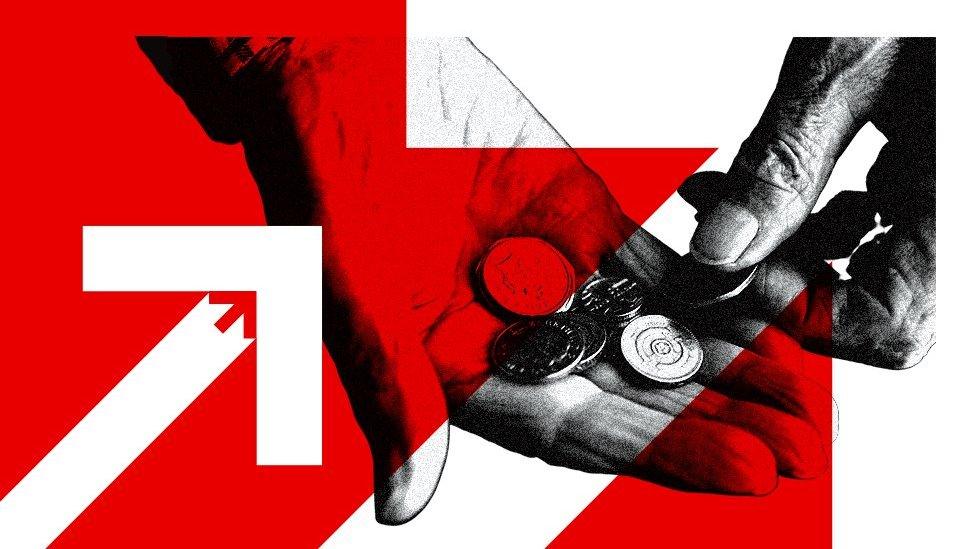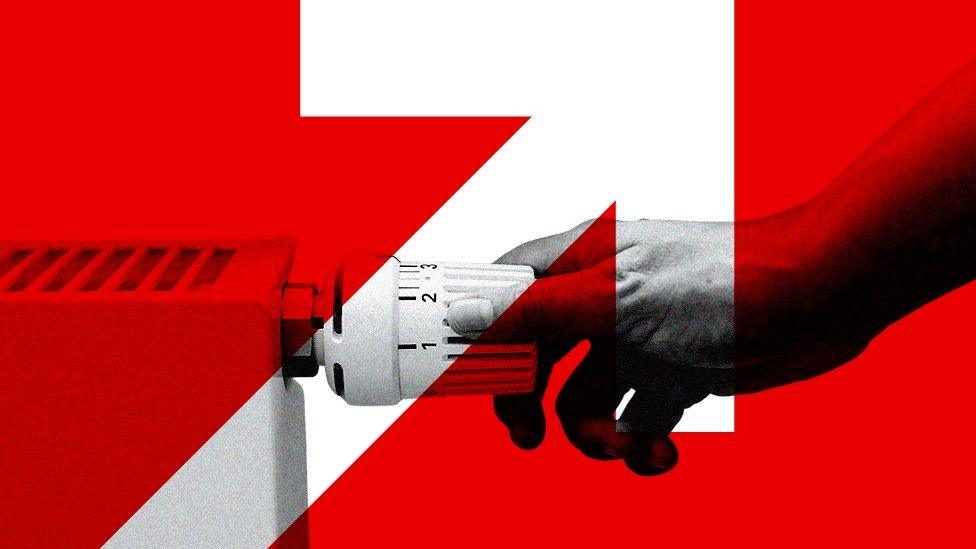Inflation: Seven reasons the cost of living is going up around the world
- Published
- comments

From buying groceries to heating our homes, the cost of living is rising sharply - not just in the UK but around the world.
Global inflation - the rate at which prices rise - is at its highest since 2008. Here are some of the reasons why.
1. Rising energy and petrol prices
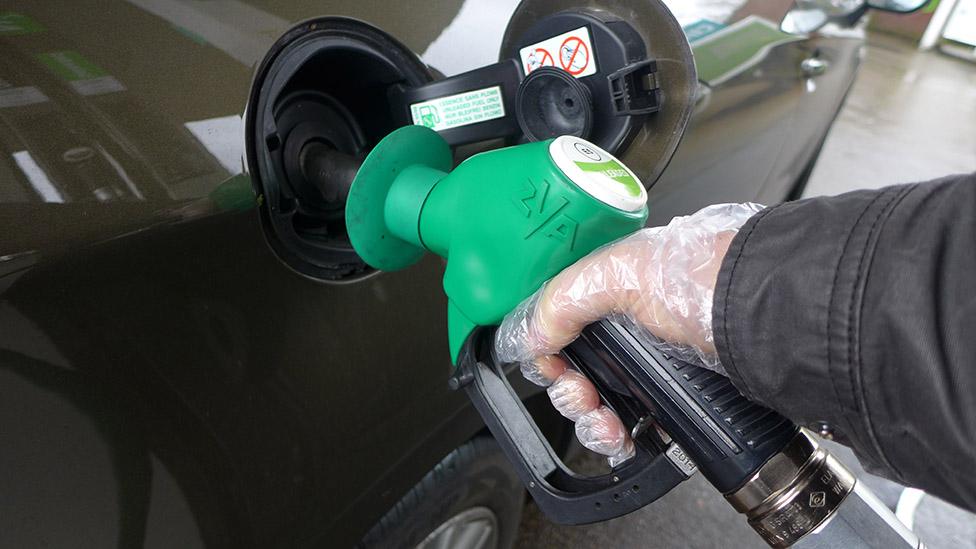
Oil prices slumped at the start of the pandemic, but demand has rocketed back since, and have hit a seven-year high.
In the US gasoline currently costs an average of $3.31 a gallon - up from $2.39 a gallon a year ago. It's a similar story in the UK and the EU.
The price of gas has also shot up, leaving people around the world with eye-watering central heating bills.
Demand from Asia has driven up prices, along with a cold winter in Europe last year, which depleted gas reserves.
2. Goods shortages

Nike - and other companies - have raised prices due to supply chain costs
The price of many everyday consumer goods jumped during the pandemic.
Consumers stuck at home during lockdown last year splashed out on household goods and home improvements because they couldn't go to restaurants or on holiday.
Manufacturers in places such as Asia - many of which faced shutdowns due to Covid restrictions - have struggled to keep up with demand since then.
It's led to shortages of materials such as plastic, concrete and steel, driving up prices. Timber cost as much as 80% more than usual in 2021 in the UK and reached more than twice its typical price in the US.
Major US retailers Nike and Costco have put up their prices because of higher supply chain costs.
And there's a shortage of microchips, which are vital components in cars, computers and other household goods.
3. Shipping costs
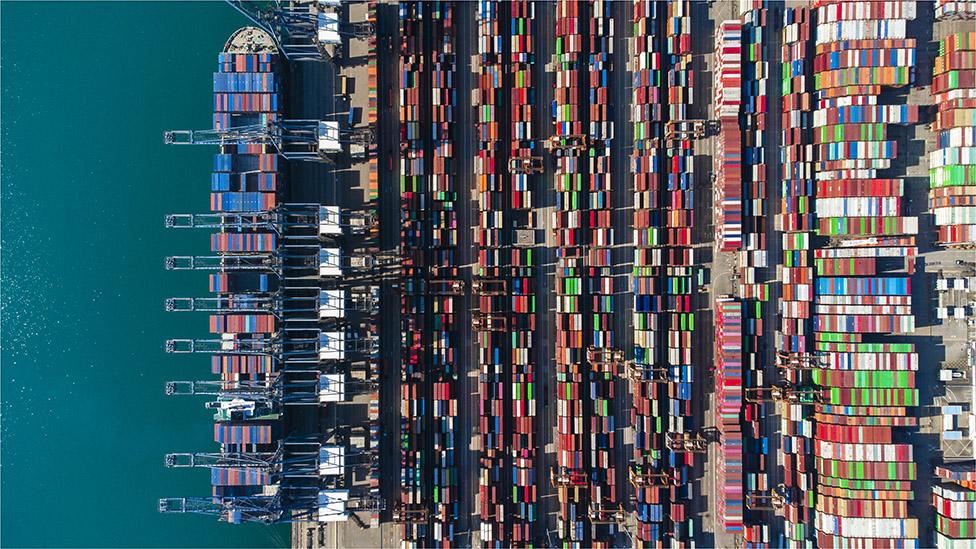
Global shipping companies - which move goods around the world - have been overwhelmed by surging demand after the pandemic.
It's meant retailers have had to pay a lot more to get those goods into stores. As a result, prices have been passed on to consumers.
Sending a single 40ft container from Asia to Europe currently costs $17,000 (£12,480) - 10 times more than the year before, when it was $1,500 (£1,101).
It's been accompanied by a rise in air freight fees and made worse by a lorry driver shortage in Europe.
Transport bottlenecks appeared to be easing in December, with the US starting to get on top of record congestion at its ports.
But Omicron and the emergence of future Covid variants could reverse these gains.
4. Rising wages
Many people quit the workforce or changed jobs during the pandemic.
In the US, April saw more than four million people quit their jobs, according to the Department of Labor - the biggest spike on record.
As a result, firms are having problems recruiting staff such as drivers, food processors and restaurant waiters.
A survey of 50 major US retailers suggested 94% were having trouble filling empty roles.
As a result companies are having to put up wages or offer signing-on bonuses to attract and retain staff. McDonald's and Amazon are offering hiring bonuses ranging from $200 to $1,000.
Those extra employer costs are again being passed on to consumers. Global clothing brand Next have blamed planned price rises for 2022 partly on climbing wage costs.
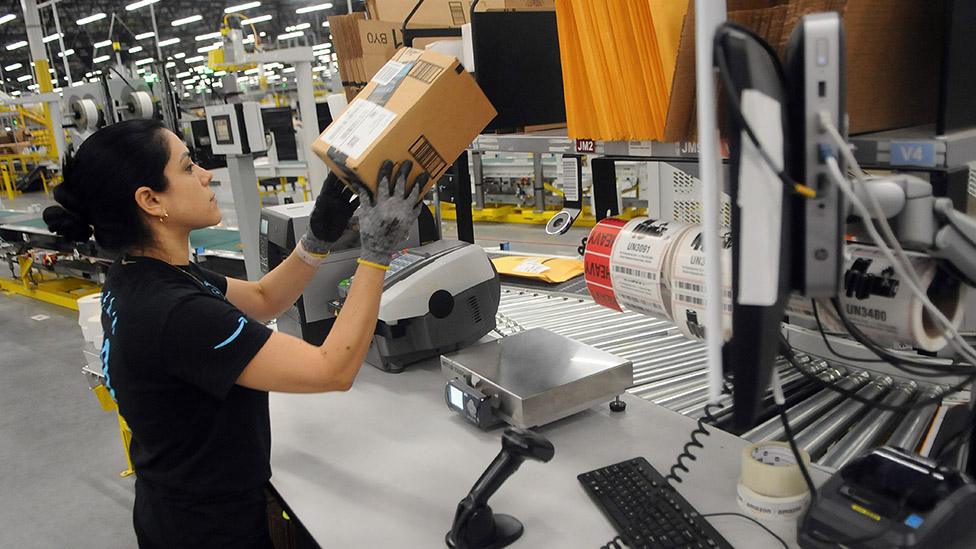
Amazon are offering hiring bonuses in an attempt to attract workers
5. Climate impact
Extreme weather in many parts of the world has contributed to inflation.
Global oil supplies took a hit from hurricanes Ida and Nicholas passing through the Gulf of Mexico and damaging US oil infrastructure.
And problems meeting the demand for microchips were worsened after a fierce winter storm closed major factories in Texas last year.
The cost of coffee has also jumped after Brazil, the world's largest producer, had a poor harvest following its most severe drought in almost a century.
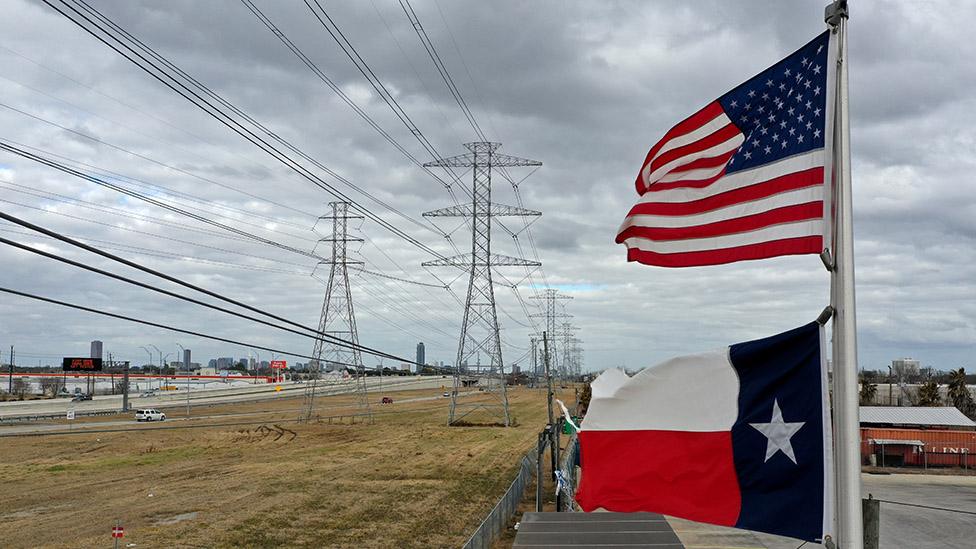
Cold weather in Texas caused major power problems
6. Trade barriers
More costly imports are also contributing to higher prices. New post-Brexit trading rules are estimated, external to have reduced imports from the EU to the UK by about a quarter in the first half of 2021.
Roaming charges are returning for many UK travellers visiting Europe this year.
Separately, US import tariffs on Chinese goods have almost entirely been passed on to US customers, external in the form of higher prices.
Chinese telecoms giant Huawei said last year that sanctions imposed on the company by the US in 2019, were affecting US suppliers and global customers.
7. The end of pandemic support
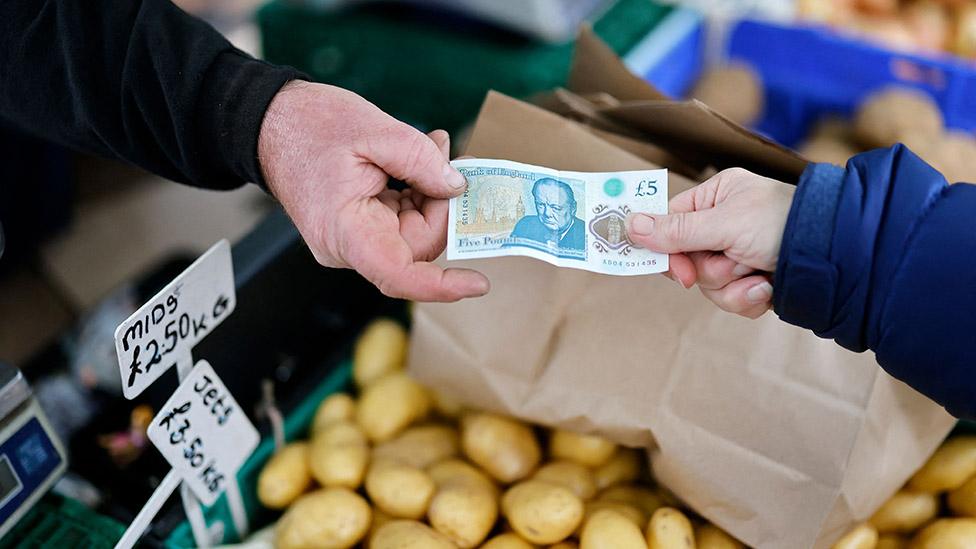
Governments worldwide are unwinding support given businesses to help with the impact of coronavirus.
Public spending and borrowing increased, external across the world during the pandemic. This led to tax rises that have contributed to the cost-of-living squeeze, while most people's wages remain unchanged.
Many developed economies have had policies designed to protect workers - such as furlough - and welfare policies to protect the lowest paid.
Some economists suggest these policies could also push inflation higher, external as the support measures draw to a close.
- Published18 October 2021

